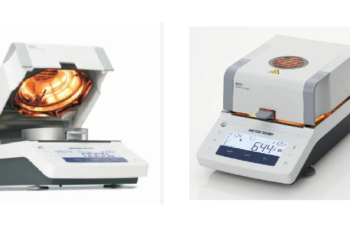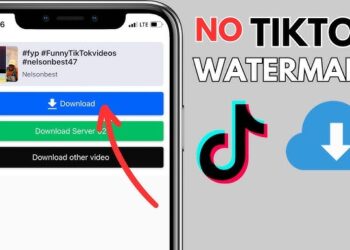NFC, which stands for “near field communication,” is a common wireless technique that allows data transmission between two electronic devices in proximity to one another. Close-range uses like mobile payments are commonly utilized as a quicker and more secure substitute for QR codes. The technology is not very complicated; it consists mostly of electronic reader devices that can read data from various NFC tags.
On the other hand, NFC tags are unexpectedly adaptable. They tend to be effective when you wish to communicate a moderate quantity of data in an easy-to-use manner. Compared to more traditional forms of wireless communication like Bluetooth connection, touching a surface requires less time and effort. Many modern electronic devices, such as digital cameras and headphones, have NFC tags that may be tapped to rapidly establish a wireless connection.
How do NFC tags work?
A wide range of options is available to consumers regarding the form and size of NFC tags. The least complicated ones are often constructed in the shape of a square or a circular sticker. These tags have a very straightforward structure; they comprise a small amount of storage space on a microprocessor and a thin copper coil.
Through a phenomenon known as electromagnetic induction, the tag can wirelessly collect power from the NFC reader due to the coil. When a charged NFC reader is brought within range of the tag, the tag’s microchip is activated, and any inside data is sent to the reader. To avoid spoofing and other malicious attempts, tags could utilize public-key encryption if the data they contain is very sensitive.
NFC tags are available in various form factors, ranging from little stickers to plastic cards shaped like credit cards.
It is important to keep in mind that powered NFC devices, such as smartphones and tablets, are also capable of performing the functions of an NFC tag. In contrast to RFID, NFC allows for data transmission in both directions, which only facilitates communication in a single direction. This enables various devices, such as your phone, to imitate the functionality of implanted NFC tags, such as those used for contactless payments. They are far more complex technologies, but the fundamental functioning method has not changed.
Types of NFC tags
Already we know what is an NFC tag and will explain what types they can be. Most NFC tags follow the ISO 14443 standard for wireless data transfer, depending on proximity. Additionally, there are five subtypes, which are helpfully designated as types 1 through type 5. Type 1 tags are the most primitive since they can only store more than one hundred thirty-eight bytes of information between them. Considering that there are just a few hundred characters in the text, a tag of this kind has enough capacity to store a URL or a Wi-Fi password but not much more. The transfer rates, about 100 kbps, are not especially impressive either.
A wide range of memory capacities and read rates are available for NFC tags.
On the other hand, as you would anticipate, the production cost of more sophisticated NFC tags is also higher. When you consider how little data is often conveyed across this channel, you’ll find that the more fundamental kinds are adequate for most applications. When acquired in large quantities, type 1 and type 2 tags, which are used an incredible amount more often, cost just a few cents each.
Since NFC tags provide read-and-write activities, you are free to reuse them however you see appropriate due to their versatility. These results in an additional reduction in the costs associated with deployment for large-scale use cases.












Discussion about this post